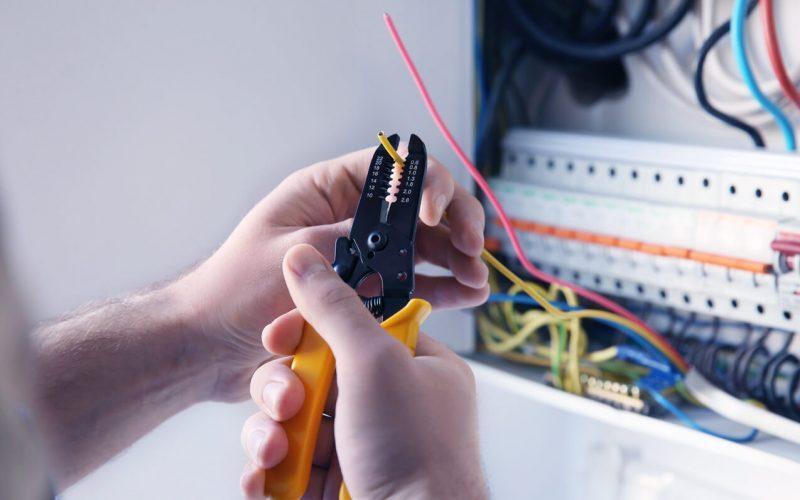
As a homeowner looking to save money and time on hiring a professional electrician, you may wind yourself taking matters into your own hands. DIY electrical work may appear to be a piece of cake, but this is not the case. By doing your own residential electrical services, you endanger your and your family’s lives.
DIY electrical projects can vary from replacing socket covers to installing a new light, expanding a circuit, and even rewiring a house. However, in any case, staying vigilant and taking precautions are essential. We would probably advise you not to do the electrical work on your own if you are not fully knowledgeable in the subject. Before you begin your DIY electrical work, you should be aware of the following points.
1. Use GFCI outlets
Ground Fault Circuit Interrupter (GFCI) is an electrical device that monitors the amount of electricity utilised in a single outlet. For example, if you just use one outlet for a strong appliance or equipment, you’ll be less likely to electrocute yourself—especially if you live near a body of water. When a minor difference is detected, the GFCI will cut the power.
2. Do not cut the cables too short
If your wires are cut too short, the electrical circuit will not join properly. For instance, a little cable slack in an electrical box is fine, but not excessive. You want to ensure that wire connections are secure while also allowing the wire to breathe.
3. Wire Strippers
There are other sorts of sophisticated wire strippers available, but most DIYers (and many professionals) favour this basic wire stripper for its simplicity and adaptability. They can also cut wire or cable, hook wires for screw terminals, and function as pliers in addition to stripping wire.
4. Difference Between Safety Switches And Circuit Breakers
When it comes to electrical panels, knowing the difference is crucial. Safety switches are designed to assist avoid any electrical problems that may occur to you. It can detect electrical shocks before they occur and will turn off the power before anything happens. This can occur if an erroneous electrical appliance is utilised, as well as problems with the electrical wiring.
When there is an excessive amount of electrical current being consumed, circuit breakers simply switch off the power. Excessive current can overheat electrical equipment or wiring, resulting in electrical fires or other damage.
5. Circuit Analyzer
A basic circuit tester with two probes can assist in the resolution of a number of electrical issues: Is this outlet properly wired? Which wire is energised? Is there a solid foundation?. Most circuit testers are only intended to test one voltage range.
6. Utilising Various Wire Gauges
Using the same wire gauge as before can assist to avoid overloading. This may be accomplished by assessing the size of your wiring and attaching the appropriate gauge to your breaker.
7. Push-In Wires For Connecting
Twist-on wire connectors (also known as “Wire-Nuts”) are the most common technique of connecting wires. Push-in connections, on the other hand, are far superior in terms of convenience and speed. They’re also useful when the wires in a junction box are too short to accept a twist-on connection. Some push-in connectors are only equipped with two wire ports. Some people have six or more. This is an excellent assortment kit.
8. Remember to include tamper-resistant receptacles.
Tamper-resistant receptacles are intended to prevent children from inserting objects such as paper clips. They are essential in all areas, both indoors and outside. Tamper-resistant receptacles are a fantastic development, therefore make advantage of them; it’s required by the national electric code.
It is vital to remember that numerous types of circuits exist, and each circuit is designed to accomplish a certain duty. The three circuits are standard, ground, and arc. If you lack the necessary expertise and experience to handle these circuits, it is preferable to contact a professional residential electrical service that can do the job quickly. Aside from that, if you are undertaking DIY electrical work, make sure you are familiar with all of the national electrical codes.





